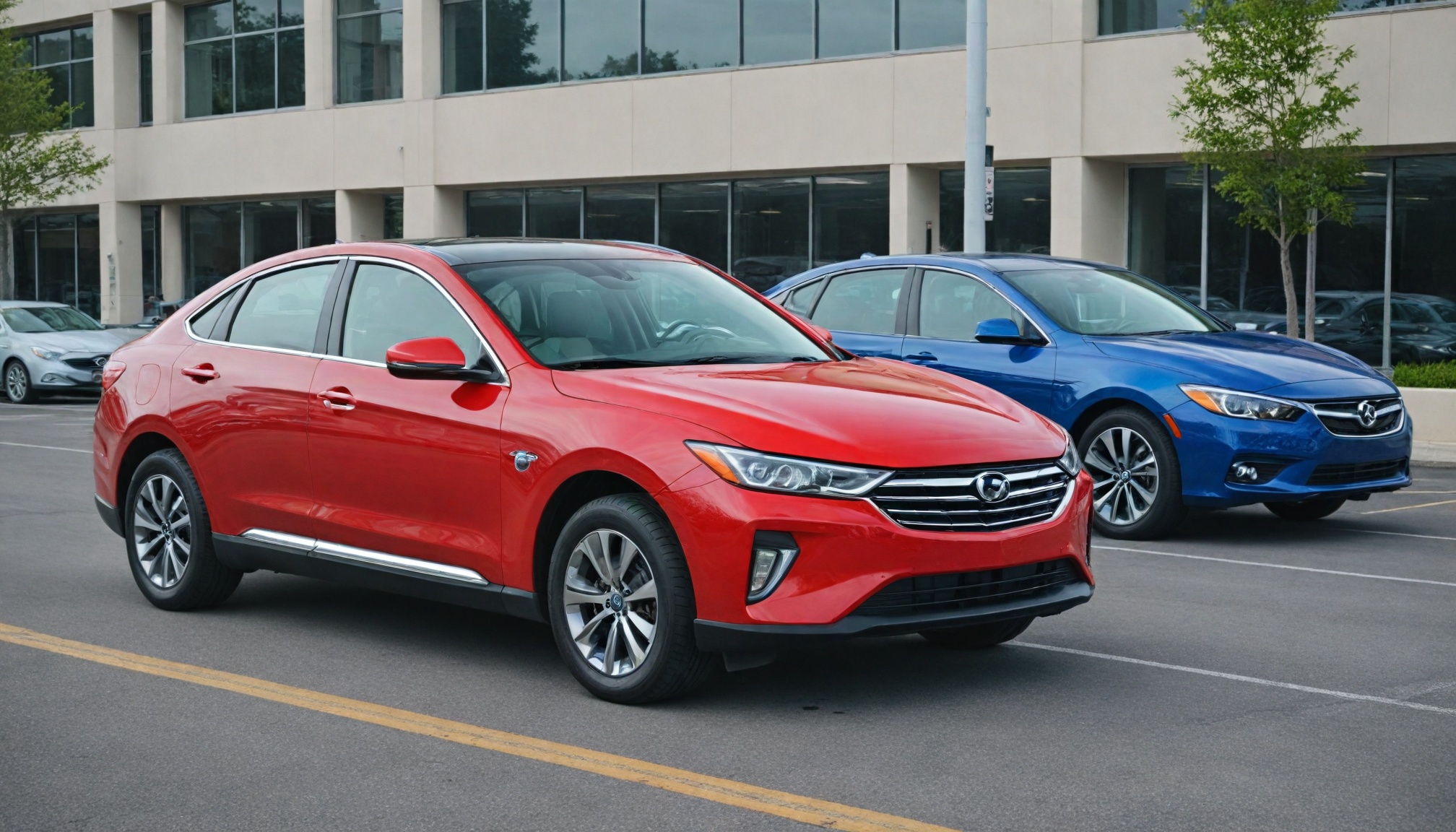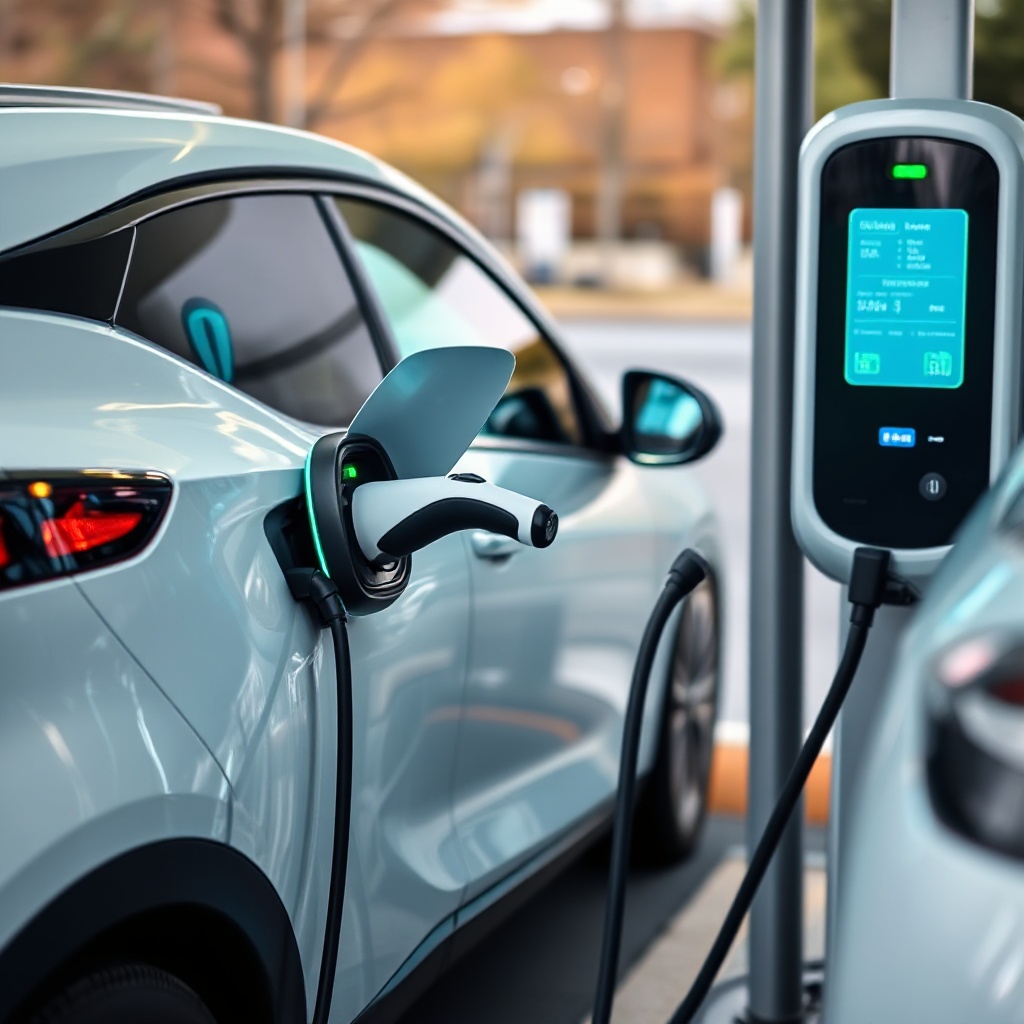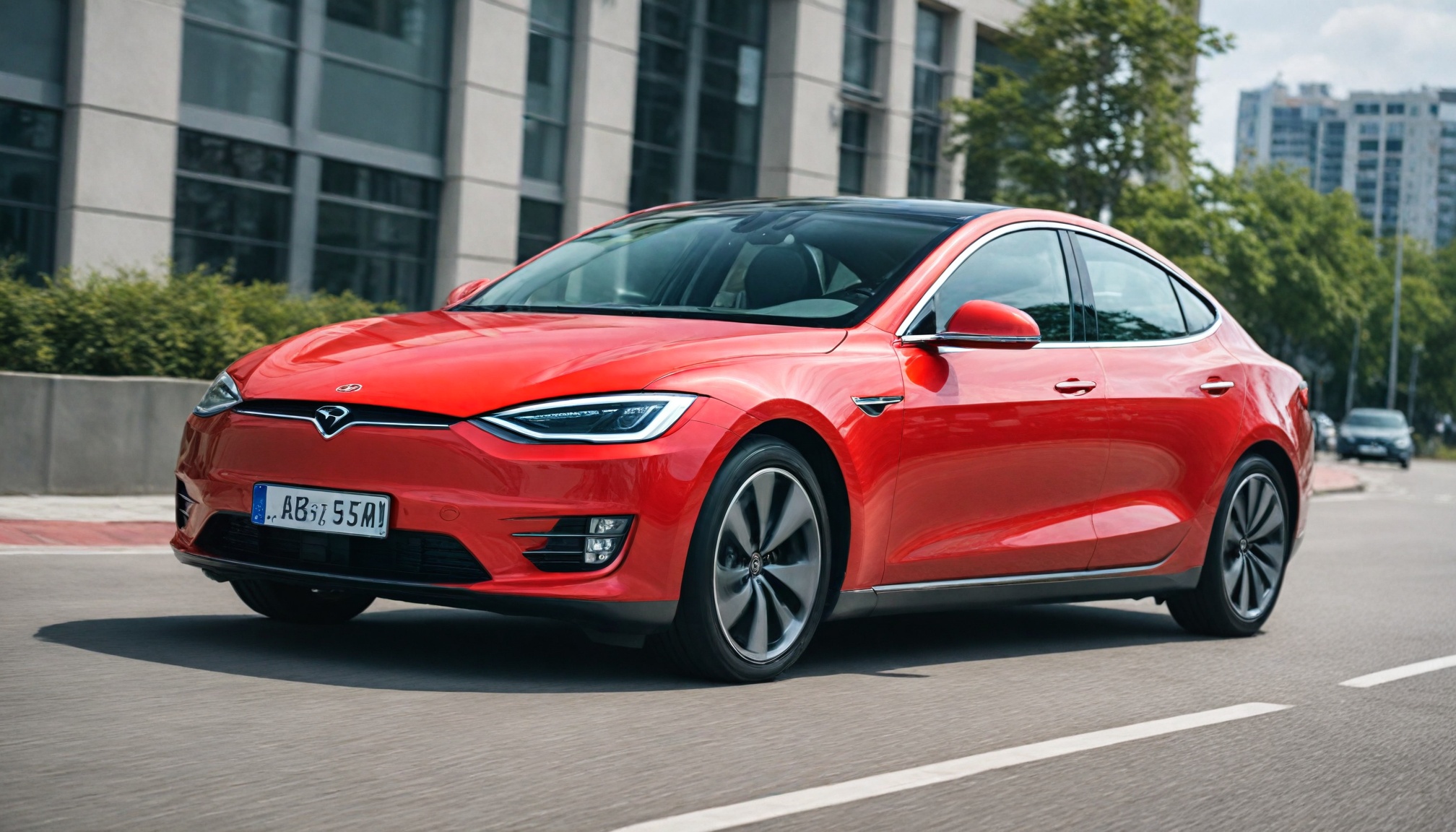
Discover how to maximize savings on EVs through dealer rebates and tax credits, with 2025 bringing new point-of-sale benefits up to $7,500 for eligible buyers.

Drivetech Partners
Car buyers looking to save on an electric vehicle purchase face a complex but rewarding landscape of financial incentives. While dealer rebates provide immediate discounts at purchase time, federal and state tax credits like the Clean Vehicle Credit offer significant savings that must be claimed when filing taxes, with each incentive type having distinct eligibility requirements based on income levels, vehicle price, and manufacturing specifications.
Key Takeaways
Dealer rebates reduce purchase price immediately, while tax credits require waiting until tax filing season
New EVs can qualify for up to $7,500 in federal tax credits in 2025, with used vehicles eligible for up to $4,000
Clean Vehicle Credits have specific income limits and vehicle requirements that vary between new and used electric vehicles
Beginning in 2025, dealerships can offer point-of-sale tax credit transfers, providing instant savings rather than delayed tax benefits
Combining federal, state, and local incentives through strategic timing and stacking can maximize your total savings
Fundamental Differences Between Rebates and Tax Credits
Understanding the key differences between rebates and tax credits is essential for planning your electric vehicle purchase. Rebates function as direct payments or discounts applied at the time of purchase, reducing your out-of-pocket costs immediately. Tax credits, on the other hand, reduce your tax liability when you file your annual tax return.
The timing distinction is perhaps the most significant practical difference. While rebates provide instant financial relief at the dealership, tax credits require waiting until tax season to realize the benefit. This delay can affect your cash flow planning and financing decisions.
Rebates and tax credits also differ in their providers. State governments and utility companies primarily offer rebates, while the federal government issues tax credits. This distinction affects how you apply for and receive these benefits.
Accessibility represents another important factor. Rebates are generally available regardless of your tax situation, while tax credits require you to have sufficient tax liability to claim the full amount. If you don't owe enough in taxes, you may not be able to take advantage of the entire credit.
By grasping these fundamental differences, you can better plan your vehicle financing and cash flow, potentially saving thousands on your EV purchase.
Federal Clean Vehicle Credit Essentials for New EVs
The Federal Clean Vehicle Credit offers up to $7,500 in tax savings for qualifying new electric vehicles purchased in 2025. This represents a significant opportunity to reduce the cost of transitioning to an electric vehicle, but eligibility requirements are strict.
Income limits determine who can claim this credit. Single filers must have an adjusted gross income below $150,000, heads of household below $225,000, and joint filers below $300,000. These thresholds help target the incentives toward middle-income buyers rather than luxury car purchasers.
Vehicle price caps also apply, with cars limited to $55,000 and trucks, SUVs, and vans capped at $80,000. Additionally, all qualifying vehicles must be assembled in North America to support domestic manufacturing.
The battery component requirements have become increasingly stringent. For 2025, 60% of battery components must be manufactured in North America, with this percentage increasing to 100% by 2029. This reflects the policy goal of building a domestic EV supply chain.

To claim the credit, you'll need to file IRS Form 8936 with your tax return. Your dealer must also submit a "time of sale" report and provide you with confirmation, which serves as essential documentation for your tax filing.
Starting in 2025, a new point-of-sale option will allow dealerships to offer instant discounts by transferring the credit at purchase. This significant change means you won't have to wait until tax time to receive the financial benefit.
Used Electric Vehicle Credit Opportunities
The Used Clean Vehicle Credit provides a tax credit of 30% of the sale price up to a maximum of $4,000. This incentive makes electric vehicles more accessible to buyers who prefer the used market.
Income thresholds for used EV credits are lower than for new vehicles: $75,000 for single filers, $112,500 for heads of household, and $150,000 for joint filers. These limits ensure the benefits target middle and moderate-income buyers.
Vehicle requirements include that the car must be at least two years older than the current calendar year and purchased from a licensed dealer. The price cannot exceed $25,000, further focusing benefits on affordable transportation rather than luxury options.
It's important to note that the vehicle must be for personal use, not resale. Additionally, you cannot claim another used clean vehicle credit within three years, preventing short-term vehicle flipping for tax advantages.
This credit has significant market impact by making electric vehicles more accessible to a broader range of consumers who might not be able to afford new EVs, even with incentives. Used EVs often represent better value while still delivering environmental benefits.
State and Local Incentive Programs
Beyond federal incentives, many states and localities offer their own EV incentive programs. These programs show remarkable variety, including direct rebates, tax credits, reduced registration fees, and support for charging infrastructure installation.
The application process varies by program. Some reduce the cost upfront at the dealer, while others provide a check or direct deposit after you submit documentation. This timing difference can affect your initial cash outlay for the vehicle.
Colorado's rebate program serves as an excellent example, offering point-of-sale savings that can be combined with federal credits for maximum benefit. This type of stackable incentive can significantly reduce your overall vehicle cost.

Eligibility criteria show considerable variation based on factors like vehicle weight rating, battery capacity, or size. These technical specifications help target incentives toward vehicles that meet specific environmental or policy goals.
Geographic differences are substantial, with incentive amounts varying significantly by state and locality. Buyers in states with generous EV incentives like California, Colorado, and New Jersey often enjoy greater savings than those in states without such programs.
Documentation requirements for state programs are typically less complex than federal programs but may require proof of residence or other location-specific validation. Check your state's transportation or energy department website for specific requirements and program details.
Strategic Timing and Stacking of Incentives
To maximize your savings, consider combining multiple incentive programs simultaneously. This legal practice of "stacking" can potentially save you thousands of dollars on your vehicle purchase.
Timing considerations play a crucial role in your purchasing strategy. Aligning your vehicle purchase with your tax situation and program availability can optimize your benefits. For example, purchasing at the end of a tax year might make sense if you expect your income to change significantly.
Be aware of funding cycles for state programs, as many have limited annual budgets that can run out. Some popular state incentive programs exhaust their funding within months of becoming available, so research and planning are essential.
Tax liability planning ensures you can claim the full federal credit amounts. If your tax liability is less than the available credit, you might consider strategies to increase it, such as converting traditional IRA funds to a Roth IRA.
Working with dealers who understand and participate in available programs can simplify the process. Seek out dealerships with experience handling EV incentives, as they can guide you through the paperwork and requirements.
Calculate whether immediate or delayed benefits best fit your financial situation. While point-of-sale incentives reduce your upfront costs, some tax-time benefits might offer greater total savings depending on your circumstances.
Equity and Accessibility Considerations
The current incentive structure presents an upfront funding challenge since most incentives are received after purchase, requiring full payment initially. This creates a significant barrier for lower-income buyers who might benefit most from EV ownership's long-term savings.
Buyer demographics reveal that 40% of low-income car buyers don't purchase from dealerships, limiting their access to dealer-required programs. This reality restricts the reach of many incentive programs designed to promote EV adoption.
Many incentives focus on new vehicles, which represent only 1/3 of all car purchases. This emphasis on the new market creates a disparity in incentive access, particularly affecting moderate-income households that typically shop in the used market.
Some states have implemented progressive programs that offer higher rebates for lower-income consumers. California's programs, for example, provide up to $9,500 for qualifying low-income residents, making EV ownership more accessible across income levels.
Dealer participation variations affect access as well. Programs like California's Clean Cars 4 All require purchasing from participating dealers, which can limit options for buyers in some regions or force them to travel significant distances to access incentives.
Documentation and Verification Requirements
For federal tax credits, you must file IRS Form 8936 when submitting your federal income taxes. This form documents your eligibility for the Clean Vehicle Credit and calculates the amount you can claim.
If you benefit from point-of-sale credits, your dealer must submit a "time of sale" report and provide confirmation to you. Keep this confirmation safe, as it serves as proof that the transaction properly transferred the credit.
You can verify a vehicle's North American assembly requirement by entering the VIN into NHTSA's decoder tool. This simple check helps confirm a critical eligibility criterion before making your purchase.
The U.S. Department of Energy maintains an updated list of eligible vehicles on its website, which serves as a reliable reference when researching potential purchases. This resource can help you narrow your vehicle search to models that qualify for incentives.
Save all purchase documentation, confirmation numbers, and receipts related to your vehicle purchase and any incentive applications. These records may be necessary if questions arise about your eligibility or if you're audited.
Dealers have specific responsibilities to enable incentive claims, including providing manufacturer's certification of North American assembly and battery component sourcing. Make sure your dealer provides all required documentation at the time of purchase.
Sources
Edmunds - The Ins and Outs of Electric Vehicle Tax Credits
EV Pros Colorado - Electric Car Rebates vs EV Tax Credits: What's the Difference?
NerdWallet - EV Tax Credit: Electric Vehicle Tax Credit




